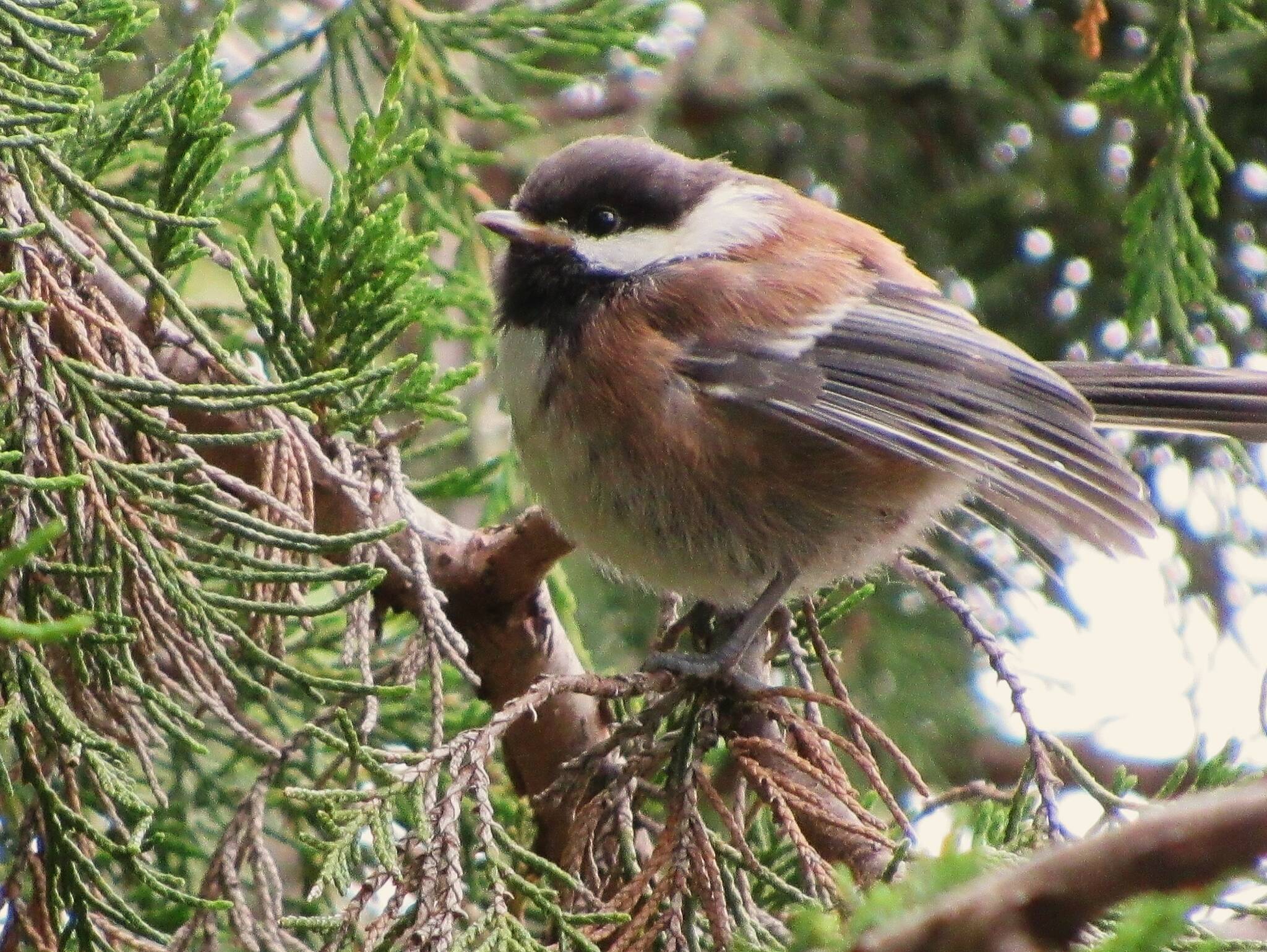by Russel Barsh
Kwiaht director
Recent initiatives to reduce plastic waste and trash in the San Juan Islands should not distract us from the fact that pesticides and herbicides continue to be purchased and used around our homes, gardens, lawns and streets. Continued use of pesticides in the islands has been fueled by misconceptions about their toxicity, persistence and specificity.
The most common active ingredients in hardware-store pesticides are pyrethroids: synthetic variations on the chemical structure of pyrethrins, a family of naturally occurring pesticides in chrysanthemums. Pyrethrins and pyrethroids are more toxic to insects than to birds or mammals (including humans and our pets), hence their popularity as home and garden products. This does not mean that they are “safe” in the environment. They still kill nontarget, beneficial (and often rare) insects such as bees, ladybugs, dragonflies and butterflies indiscriminately. While some pyrethroid congeners break down naturally in the soil or water in a matter of days to weeks, others are designed to persist for months.
A small but growing part of the local pesticide market are “natural” products such as “essential oils” — but this, too, is based on misconceptions. Like pyrethrins, compounds such as lemon oil and cedar oils evolved in plants are defenses against insects, and they are indiscriminate in their impacts on nontarget species. Many are quite toxic to vertebrates, too, in larger doses. Similarly, Bacillus thuringiensis (“BT”) is marketed as a selective, natural pesticide; however, it actually kills all lepidopterans: moths, butterflies and skippers, including the fabled “Island Marble” and our endangered sand-verbena moth.
Other dangerous misconceptions are that the real pesticide problem is neonicotinoid pesticides (which are not marketed or used in our area as nonfarm products), or microplastics (which are harmful mainly because pesticides and other toxic chemical compounds in the environment adhere to them). These are distractions from a real local problem that our county has not addressed officially for over a decade.
In fact, the adverse ecological impacts of pyrethroids and other home-and-garden pesticides have been grossly underestimated because we have only fully considered their toll on nontarget insects. But their “total toxic footprint” surely includes impacts on herbivores that eat sprayed foliage, and perhaps even more, insectivores such as frogs, lizards, bats and birds.
Most pesticides leave sticky residues on foliage that may be consumed by nontarget insects and other wildlife. In addition, many insects absorb sublethal doses of each pesticide application. They continue buzzing around, perhaps a bit slower or more haphazard than usual, and may be eaten by bats, birds, frogs and salamanders, lizards or snakes, as well as other insects. Many of these predators, which help control harmful insects such as aphids, moth caterpillars and cutworms, will instead sicken or die as a result of accumulating the pesticide residues in their prey.
Here in the San Juan Islands, an unusually large proportion of our native wildlife is insectivorous. We have been separated from the mainland by seawater since the continental glaciers melted some 14,000 years ago. Most animals that can fly, such as birds and bats, and flying insects, reached the islands early and differ little from the rest of western Washington. Animals that swim have also been relatively successful in colonizing the islands, though not surprisingly we have far fewer species that are restricted to fresh water, such as salamanders and frogs. Reptiles and mammals that are neither fliers nor distance swimmers are “depauperate” here: fewer than half of the species found in Skagit or Whatcom counties are also native to the San Juan Islands.
The islands’ most abundant, diverse and ecologically important native mammals are bats, and together with songbirds, they do most of the work of regulating insect populations. Reptiles and amphibians are among our least diverse and most threatened animals, by comparison, and most of them rely on eating insects for much or all of their diet.
For this reason, islanders must be exceptionally careful to avoid contaminating the insects that wildlife here eat. But it is nearly impossible to use any kind of pesticide (or herbicide) sprays outdoors, without a significant portion of the toxic ingredients being taken up by nontarget insects that will become prey of bats and other native insectivores.
My laboratory at Kwiaht studies contaminants and the health of fish and wildlife. In 2023, we found that bats in some (but not all) of the roosts we sampled had significant concentrations of local hardware-store pesticides in their fecal matter. This kind of data enables us to draw “footprints” of the geographic areas of the islands that have been sprayed with consumer pesticide products at high enough levels to affect bats, which target certain kinds of insects such as night-flying moths and beetles, and swarming aquatic members of the Dipteran (fly) family such as mosquitoes, crane flies and midges.
But what about the footprints of local pesticide use on (say) chorus frogs and sharp-tailed snakes? They eat different kinds of insects and hunt on the ground rather than in flight. We have begun collecting anal swabs from the reptiles we handle for research, in order to check for pesticide residues. And how can we adequately sample insectivorous songbirds? Our lab is exploring indirect methods of tracing pesticide residues by collecting and testing molted feathers beneath nests and perches, as well as feathers in the feces of foxes and other predators.
Over the next few months, Kwiaht will be seeking public support to fund lab supplies for pesticide assays, and public assistance in collecting specimens from a wider range of Orcas Island wildlife. For details, you can contact us at info@kwiaht.org.




